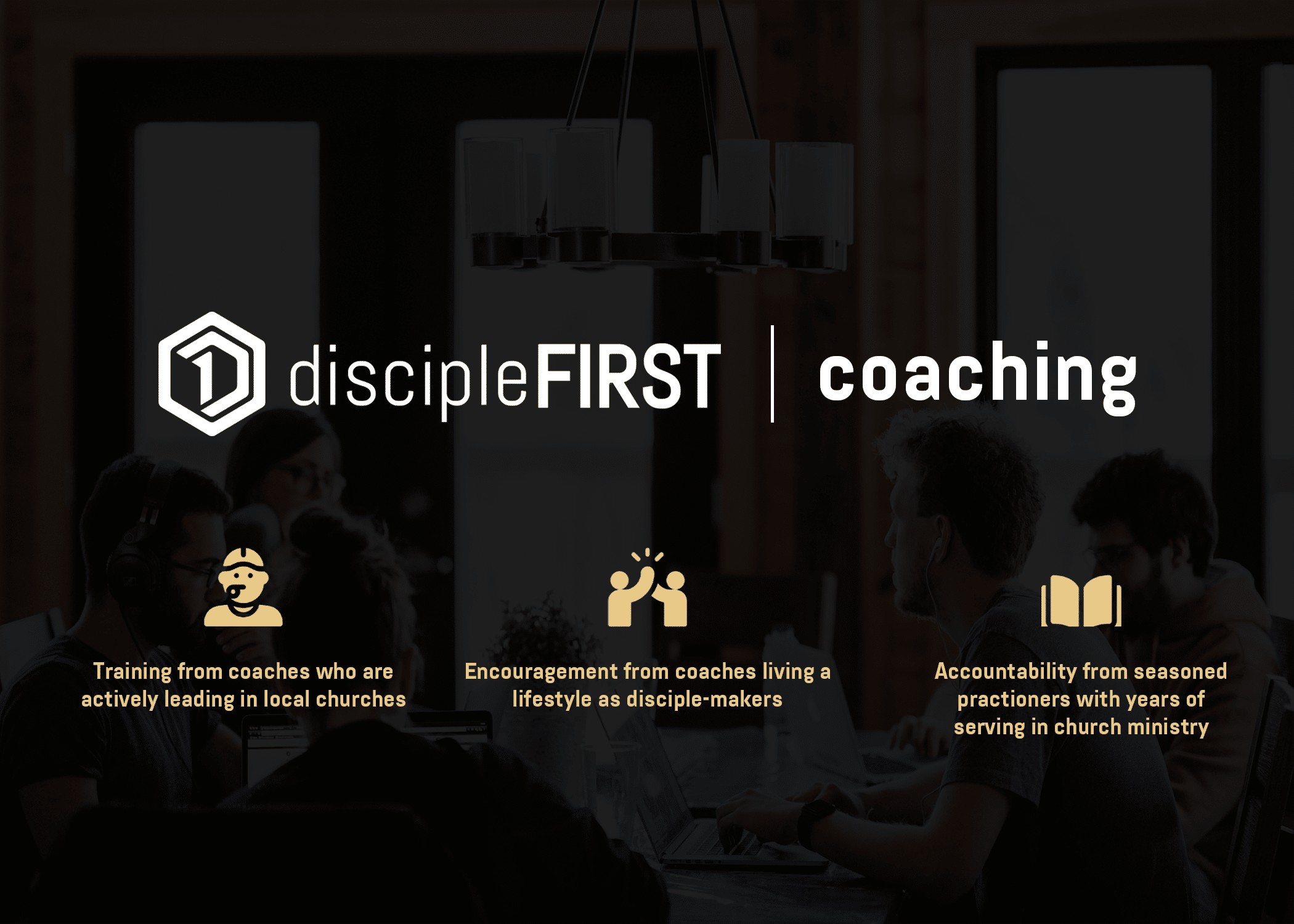The Movements of Tomorrow Begin Today
The movements of tomorrow depend on the leaders you build today. Most ministry leaders want to build something that matters—something that will last. You probably got into ministry because you had a heart for people or a strong sense of calling. You want your ministry to grow, even to overflow the banks of what is normal or expected, but for that to happen you must raise up leaders. Not just any leaders, but multiplying, disciple-making leaders.
You’re in the Movement Business
If you follow Jesus, then you are in the movement business. Sweeping, multiplying, God-honoring, culture-changing movements are built as one leader multiplies themselves into others who do the same. And that is what Jesus did. Not only was Jesus a master disciple maker, but He was also a master movement builder.
Why You Need a Leadership Pipeline
To build a movement, you must make disciples and move them into greater levels of leadership. The Leadership Pipeline is more than just a buzzword; it’s a biblical strategy for identifying, developing, and deploying leaders who will multiply.
Raising Leaders From Within
Today, churches also adapt these principles to maximize their impact. In the past, churches have relied on bringing leaders in from the outside instead of raising leaders up from within. And the results are mixed. When you look at the early church, you see God raising up leaders from within—character-proven, time-tested, doctrinally sound leaders elevated over time.
Jesus Modeled the Pipeline
Jesus had a very intentional strategy for developing multiplying disciple makers. He recruited men to follow Him (Matt. 4:18–19), appointed them to leadership roles (Mark 3:13–14), and released them to raise up more leaders (Luke 10:1; Acts 1:15; 1 Cor. 15:6). Jesus’ goal was to release them to lead, multiplying the movement, empowering them by His Spirit.
Principle 1: Identify Your Levels of Leadership
The first step to building a pipeline is to identify existing levels of leadership. A simple template might include:
- Self-Leader
- Team Leader
- Leader of Leaders
- Department Leader
- Organization Leader
Each level requires different skills and commitment, but all are vital to the church’s growth.
Principle 2: Define the Key Skills
Define the top three to five skills needed at each leadership level. These competencies help shape your training and development processes. Lower levels may vary in task-related skills, but higher levels require leadership-specific traits like delegation, vision casting, and strategic planning.
Principle 3: Clarify the Commitment
As leaders move up, their time and training commitments increase. Too often, churches assume people know what’s expected. Clarifying commitments at each level will serve you well in the long run.
How Many Leaders Do You Need?
Start by determining what roles your ministry needs, who is currently filling them, and which roles remain open. This allows you to assess the gaps and build a strategy to recruit and develop the leaders you need.
R.A.P.S. – Move People Through the Pipeline
Use this four-step process to move people through your pipeline:
- Recruitment – The best recruitment happens face-to-face.
- Assessment – Shadowing and apprenticeships are vital for vetting future leaders.
- Preparation – Train leaders before assigning them to roles.
- Support – Equip, inspire, and appreciate your leaders for the long haul.
Four Leadership Hazards to Avoid
- Don’t Promote Everyone – Not everyone is gifted for every level.
- Don’t Skip Levels – Each level builds experience critical for the next.
- Don’t Promote Just Because You Like Them – Track record is key.
- Don’t Overload Direct Reports – Cap the span of care at five direct reports to preserve effectiveness.
Conclusion: A Structure That Sustains Movement
Your ministry’s health depends on raising up great leaders from within. Jesus modeled it. The early church practiced it. And it’s the most effective way to ignite a lasting movement. Plan today with the end in mind. Build a robust leadership pipeline, and watch God use your ministry to multiply disciple-making leaders who transform the world.
This blog features an excerpt from one of our books, The Disciple-Making Leader.







